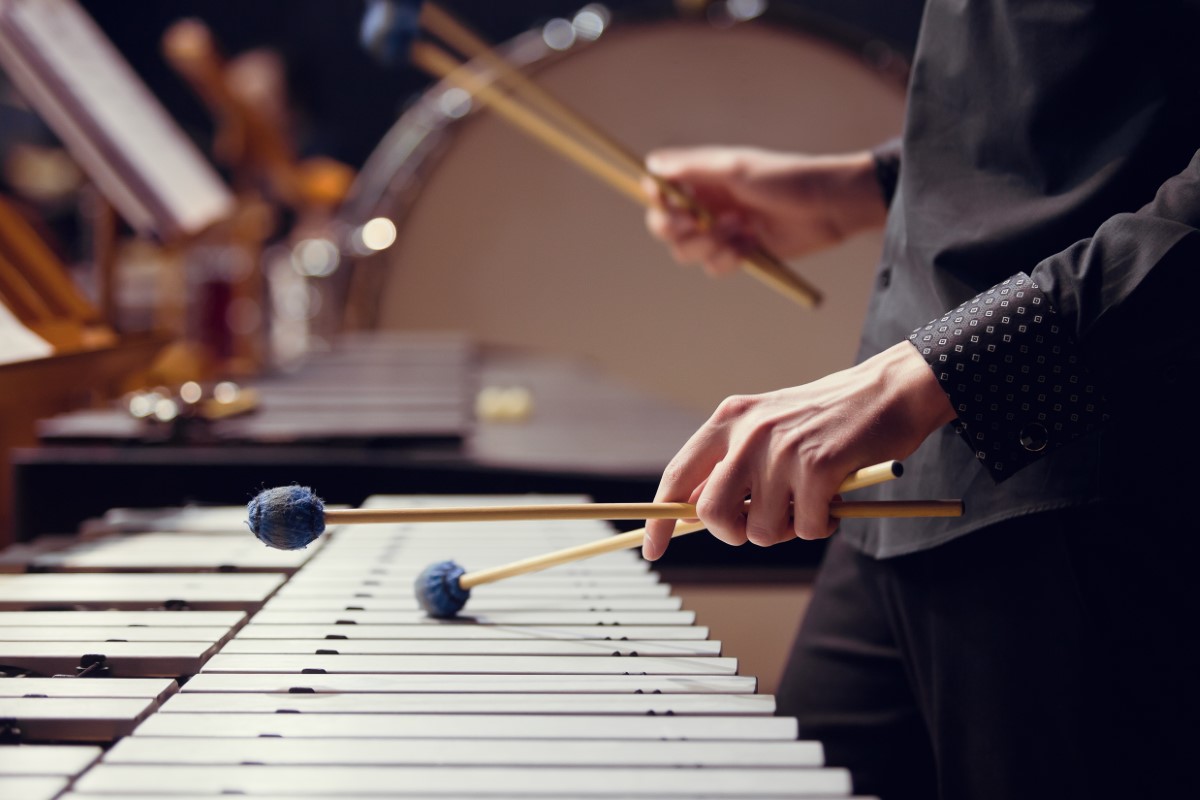Perhaps the unsung hero of the modern beginner’s journey is the online community. Ten or fifteen years ago, a new guitarist might struggle in isolation, not knowing if they’re doing it right. Today? Post a clip of your first chord progression on a subreddit or Discord server, and you’ll get encouraging words and tips within hours.
There are entire Reddit communities devoted to rookie musicians – the r/Learnmusic subreddit, for example, counts over 76,000 members eager to share advice and moral support. Whatever instrument you choose, you can bet there’s a Discord channel or Facebook group out there with enthusiasts ready to help you over hurdles and celebrate your wins. This real-time feedback and camaraderie make learning feel less like a lonely endeavor and more like joining a club.
The impact of these communities is huge: they keep people inspired. If you’re teaching yourself drums and hit a tricky rhythm, you can hop into a Discord chat and ask for help. If your fingers hurt from learning guitar chords, a quick forum search will surface dozens of veteran players with tips on building strength without injury. Even just lurking and seeing others’ progress can light a fire under a beginner – “If they just learned Wonderwall in two weeks, maybe I can, too!” In the past, many novices quit early because they felt stuck or unsupported. Now there’s always a fellow learner or mentor a click away. The easiest instrument to learn suddenly feels even easier when you’ve got a community cheering you on and answering your questions 24/7.
So, What’s Truly the Easiest Instrument Now? In this era of TikTok and online everything, the simplest answer is: the one you’re excited enough about to practice. Social media might hype ukuleles or kalimbas as the quick-win kings, and it’s true they let you play recognizable tunes fast. (Heck, many consider the humble harmonica the easiest of all – it’s small, simple, and you can start making music almost immediately.)
But every instrument has a learning curve beyond the basics. The difference today is that we have an unprecedented safety net of resources to catch us when things get challenging. Whether it’s a trending tutorial that gets you over a hump, an app that makes practicing feel like play, or an online friend who gives you that extra push, you’re never tackling an instrument truly alone.
Ultimately, the “easiest” instrument is the one that inspires you enough to keep playing. Thanks to the internet, inspiration is everywhere. A beginner at 17 or 30 can pick up a guitar or keyboard and find themselves jamming on a favorite song within days. That early payoff – a riff, a chord, a melody you can actually play – is what makes an instrument stick. And now those payoffs come quicker than ever.
So if you’re itching to make music, don’t overthink which instrument is objectively simplest. Pick the one that makes you want to grab it every day. With all the YouTube mentors, TikTok heroes, and online pals waiting to help, you’ll be amazed how fast you can go from zero to playing real songs. In 2025, getting started is the easy part – it’s falling in love with the journey that truly counts.






